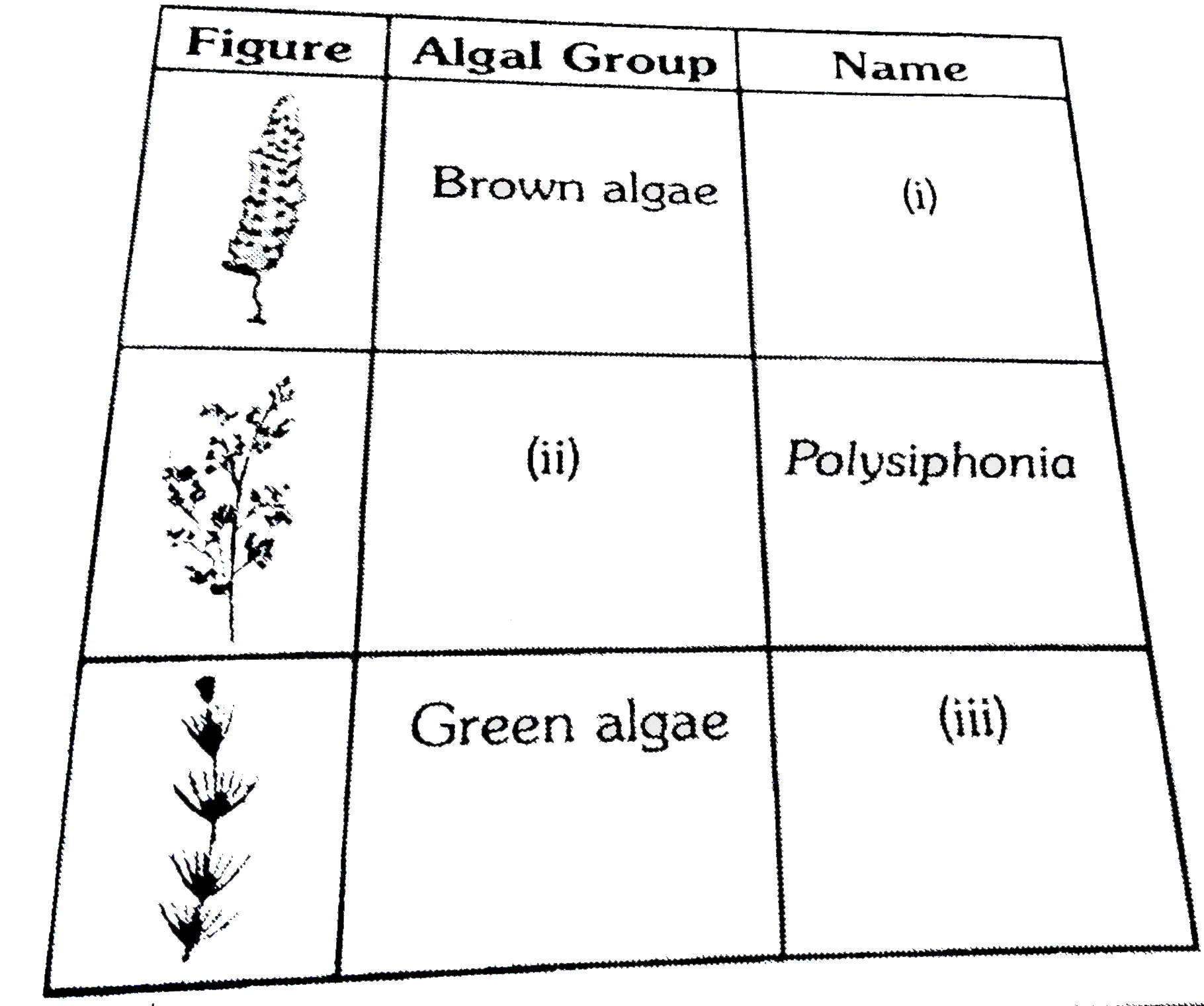Provide the following information for blue vitriol.
(i)Chemical name
(ii)Formula
(iii) Identify whether acid, base or salt .
To provide the required information for blue vitriol, we will break down the question into three parts: the chemical name, the formula, and the classification as an acid, base, or salt.
1. Chemical Name:
- Blue vitriol is commonly known as copper sulfate pentahydrate.
- Answer: Copper sulfate pentahydrate.
2. Formula:
- The formula for copper sulfate is CuSO₄.
- Since it is a pentahydrate, we need to add the water of crystallization. There are five water molecules associated with it.
- Therefore, the complete formula is CuSO₄ · 5H₂O.
- Answer: CuSO₄ · 5H₂O.
3. Classification:
- Blue vitriol is classified as a salt.
- It is formed from the reaction of sulfuric acid (H₂SO₄) and copper (II) oxide (CuO), which is a base.
- The reaction between an acid and a base produces a salt, hence blue vitriol is a salt.
- Answer: It is a salt.
Final Summary:
- (i) Chemical Name: Copper sulfate pentahydrate
- (ii) Formula: CuSO₄ · 5H₂O
- (iii) Classification: Salt
- Blue vitriol is commonly known as copper sulfate pentahydrate.
- Answer: Copper sulfate pentahydrate.
- The formula for copper sulfate is CuSO₄.
- Since it is a pentahydrate, we need to add the water of crystallization. There are five water molecules associated with it.
- Therefore, the complete formula is CuSO₄ · 5H₂O.
- Answer: CuSO₄ · 5H₂O.
- Blue vitriol is classified as a salt.
- It is formed from the reaction of sulfuric acid (H₂SO₄) and copper (II) oxide (CuO), which is a base.
- The reaction between an acid and a base produces a salt, hence blue vitriol is a salt.
- Answer: It is a salt.
- (i) Chemical Name: Copper sulfate pentahydrate
- (ii) Formula: CuSO₄ · 5H₂O
- (iii) Classification: Salt
Similar Questions
State whether the following compounds are inorganic or organic :
(i) caustic soda (ii) sugar
(iii) nitric acid (iv) blue vitriol
(v) vegetable ghee (vi) mustard oil (vii) baking soda.
View SolutionWhich of the following represents a correct chemical formula? Name it.
View Solution(a) Name the gas which is liberated when an acid reacts with a metal ? How will you test the presence of this gas ?
(b) Write the chemical equation for the reaction of zinc metal with (i) Hydrochloric acid and (ii) With sodium hydroxide. Write the chemical name of salt obtained in each case.
(c) Identify the acid and base for ammonium chloride salt. What would be the nature of this salt ? mention the pH range of this salt.
View SolutionStudy the followig table and identify (i) (ii) & (iii):-

View SolutionGive two examples each of the following oxides - a. Acidic oxides b. Basic oxides c. Amphoteric oxides d. Neutral oxides. State which of the following oxides i.e. a. to d. -
(i) React with water to give a base (ii) React with a base to give salt & water
(iii) React with acids & bases to give salt & water.
View SolutionProvide one word or one sentence information about 'plasmid' with respect to its (i) chemical nature and (ii) its duplication.
View SolutionIllustrate the following name reactions giving suitable exaple in each case :
(i) Clemmensen reduction
(ii) Hell-Volhard-Zelinsky reaction.
(b) How are the following conversions carried out ?
(i) Ethylcyanide to ethanoic acid
(ii) Butanol to Butanoic acid
(iii) Benzoic acid to m-bromobenzoic acid
View SolutionWhat type of reaction is the following? acid + base → salt + water
View SolutionName the gas evolved in each of the following cases
Action of heat on blue vitriol.
View SolutionGive the (i) common (ii) chemical name (iii) formula of two common ores each of aluminium zinc & iron.
View Solution
